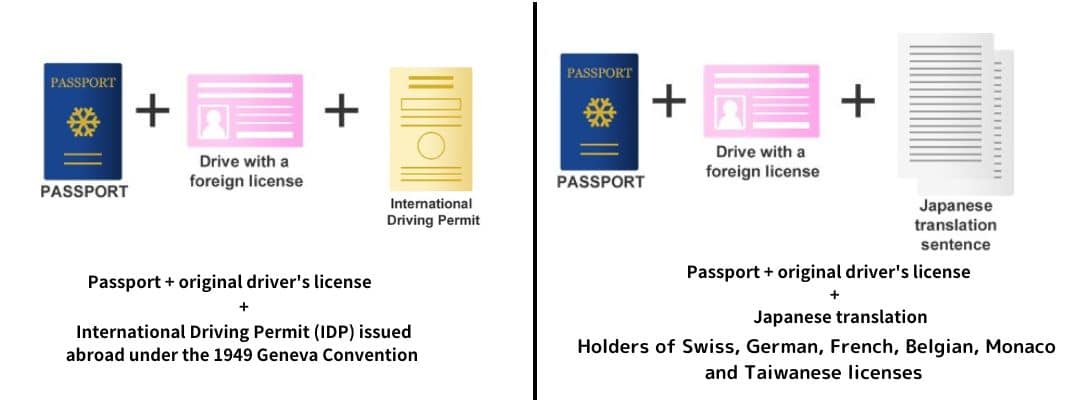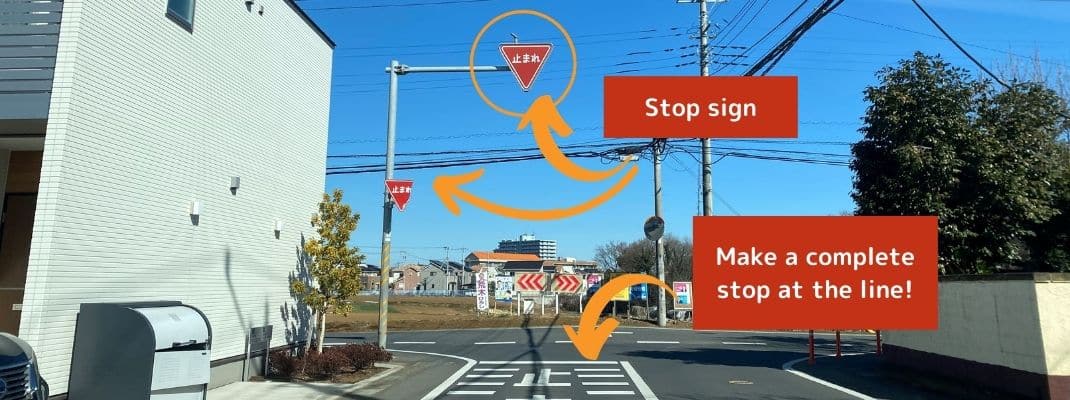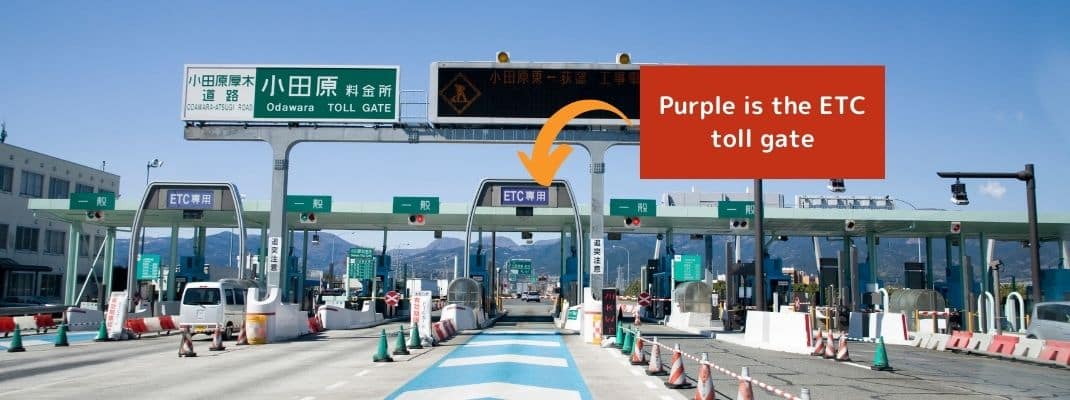Ready to start your road trip in Japan? It is important to familiarize yourself with what driving rules in Japan is like as there are a number of differences with your country, some of which could end in a ticket or even something more serious problems. I introduce crucial driving rule in Japan.
Valid Driving License
Anyone with an International Driving Permit (IDP) issued abroad under the 1949 Geneva Convention on Road Traffic can drive a car in Japan in accordance with Japanese laws. IDPs issued in accordance with other treaties (such as the Vienna Convention) cannot be used in Japan even if it is issued by countries of the Geneva Convention. The IDP shall be valid for one year from the date of issue while you shall be allowed to drive with it for one year from the date of your entry into Japan.
Holders of Swiss, German, French, Belgian, Monaco and Taiwanese licenses must carry the “Japanese translation” at the same time as the original of the relevant license. In Germany you can contact ADAC to organise the translation. For Swiss, French, Belgian, Monaco and Taiwanese you please must organise the translation yourself or we can organise for you for a fee of ¥10,000 (only for French, Belgian, Monaco or Taiwanese customers).
More info here.
Everyone must also carry their passport.
Please do not forget to bring both your original driver’s license and international driving permit with you. (A copy or data of either are not valid for you to drive in Japan.)
Driving rules in Japan – Drive on the Left
Always drive on the left side of the road, i.e., the driver is on the same side as the center line. With
the steering wheel being on the right, those who come from places with the steering wheel on the
left will find everything is a ‘mirror image’ of what they are used to with the exception the
accelerator and brake pedals.
Stop Signs and Stopping
・don’t miss stop sign, make a Stop completely at a stop sign.
・ Stop signs are red and an upside-down triangle.
・ At stop signs, you must fully stop before the white line. If you do not, there is the chance you will
receive a traffic ticket.
Traffic Lights and No Turning at Red Traffic Lights
・ A solid green signal means go, and there are no restrictions on turning.
・ If there is a green arrow, you are only permitted to proceed in that direction.
・ Take care not to turn right or left if you only see a green arrow that points up.
・ Never turn on red.
Railroad Crossings
・ As with stop signs, at railroad crossings you must always come to a complete stop before the
crossing prior to proceeding across.
・ If the crossing bell is sounding and lights are flashing, you must also stop and not cross even if the
safety bar has not lowered.
Narrow Roads and Open Gutters
・ There are many narrow roads, so keep to the left as much as possible, and be on the lookout for
places you can get over to allow to allow oncoming traffic to pass.
・ You will also encounter open gutters on the roadside. Take care to not end up in one.
Driving rules in Japan – Parking and Illegal Parking
・ Most people back into a parking space as it is then easier to exit the space due to parking spaces
and parking lot lanes being narrow.
・ There are strict regulations on where you can park on the street and where and when you can park
outside of parking lots. To avoid parking illegally and possibly receiving a ticket, be on the
lookout for these signs.
・ If you need to park temporarily, we recommend that you find a convenience store or a spacious
area in order to park safely.
Driving rules in Japan – No Mobile Phone Use While Driving
・Do not use your phone while driving. Talking on the phone or gazing at the navigation system
while driving is punishable by imprisonment for not more than six months or a fine of not more
than 100,000 yen.
・ Handsfree only.
Drinking and Driving
・Never drive even if you have drunk a very small amount of alcohol.
・ Drunk driving is very strictly enforced and is so strictly forbidden that it is said that if you have
had even one drop of alcohol, it will show on the breathalyzer.
・ Be aware that driving with any alcohol in your system is a crime.
Driving rules in Japan – Expressways (Toll Roads)
・ While surface roads in Japan are toll-free, they are slow going. Expressways (highways) usually
see traffic flow well but can be quite congested around major holidays, so plan accordingly.
・ Expressway access signs are green and rectangular.
・ The toll depends on the distance you drive, and you pay it when you exit the expressway. It can
either be paid by cash (toll gate with green sign) or ETC (Electronic toll Collection) (toll gate with
purple sign).
・ ETC is the easiest as you do not have to stop but can drive through the toll gate at around 20 km/h.
・ Our campervans are equipped with an ETC system, and you can rent an ETC card for 500 yen for
your whole trip.
・ If you choose to pay by cash, you must collect a ticket from the toll booth prior to entering the
expressway and present it to the exit gate attendant upon exiting the expressway.
Driving rules in Japan – Speed Limits
・ Surface roads are usually between 30-50 km/h
・ Expressways are typically between 80-110 km/h
・ Expressways in the big cities tend to be between 50-70 km/h.
Refueling
1) Select payment type (some places only take cash, so always have cash on hand).
2) Enter your credit card or insert cash into the cash machine (this is not at the pump).
3) Select the fuel you would like. Red is regular, Yellow high octane, and Green is diesel.
4) Select full fill-up or how much you would like in either liters or yen.
5) Touch the black circular object on the pump to remove any potential static.
6) Remove the nozzle and fill the tank as usual. The trigger must be held for the fuel to come out.
7) Return the nozzle, and collect your receipt or any change that that you may be due.
Pedestrians, Bicycles, Scooters and Motorcycles
・ Pedestrians have the right away, so stop if they are in or at a crosswalk.
・ Bicycles are to follow the rules of the road but often do not. Watch for bicycles on the sidewalks
and riding facing traffic.
・ Scooters often keep to the far-left side of the lane, so always check before you turn left.
・ Motorcycles are to especially be watched for in heavy traffic as they will move in and out of the
lanes seeking to move ahead, so take great care to check your mirrors when changing lanes or
turning in heavy traffic.
Saying Thank you
・ When you want to say thank you and you can see the driver, a simple wave or nod is sufficient.
・ At night, it is customary to use a short beep of your horn to say thank you.
・ If you want to say thank you to the person behind you for letting you in, it us customary to flash
your emergency blinkers for a few seconds.
Police Cars and Flashing Lights
・ Police cars are black and white and often have their lights flashing. Do not be alarmed. This is
normal.
・ Only if they are behind you with their siren on or are verbally instructing you to pull over do you
need to do so.
If you would like to learn more about driving in Japan, please visit the Japanese Automobile Federation’s
website
JAPAN AUTOMOBILE FEDERATION (JAF) | JAF
Other resources







